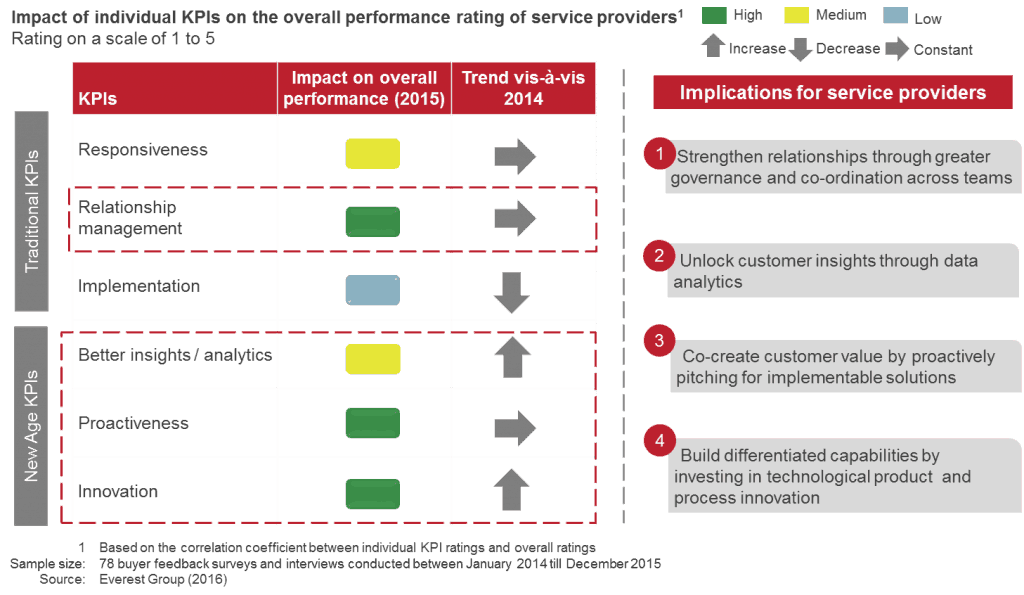Open APIs – Building A Digital Ecosystem For The Financial Services Industry | Sherpas in Blue Shirts
Customer expectations and buying behaviors for banking products and services have dramatically shifted. Banks are realizing that they need to move beyond providing deposit, payments, and loan services, and reinvent themselves to help customers buy homes and cars, send money to family and friends, manage monthly finances, make more informed investment decisions, and buy products from online or retail stores with complete ease. Digital technologies are helping banks do all of this and even more. Banks now have the potential to create an ecosystem of value-add services that constitutes the “bank of the future.”
The travel, retail, and media industries have already begun to build a digital ecosystem around their core offerings, powered by a vast community of third party application/content providers that offer customers convenience and a superior customer experience across the channels of their choice. Indeed, companies such as Amazon, Apple, and Facebook have become highly successful in part by the presence of Open APIs through which third party developers can access technologies and services developed by these firms, along with customer-authorized data.
In their quest to become the bank of the future – a one-stop destination for all financial transactions and services, with a seamless user experience accessible via any Internet-connected device – financial institutions are starting to jump on the Open API bandwagon. Doing so will not only allow them to offer a better customer experience, and give customers more choices and control, but also to create new business models for growth. For example:
- Open APIs can help create a coherent digital ecosystem for financial services firms by putting the customer at the center of all development
- Open APIs will allow FinTech startups to develop applications for one bank and port it to others with minimal effort and costs, thus driving innovation and scale
- Financial services firms will be able to augment their internal data with external data from other third-party applications on its platform to deliver enhanced customer value
- Technologies such as Internet of Things (IoT) demand Open APIs to explore various use cases and to reach scale to become a viable investment
Of course, standardization, security of customer data, compliance, and integration with legacy systems are certain roadblocks on the way to wider adoption of Open APIs, and the industry will need to evolve and adopt standards for high interoperability.
Yet, we are witnessing early signs of an API revolution in the banking industry. Several leading banks, FinTech firms, and open source projects have started experimenting with and embracing the new platform-based economy. Regulatory developments in the form of PSD-2 have further given steam to the development and use of Open APIs in payments.
Consider these examples: U.K.-based digital challenger bank Monzo (formerly Mondo) has launched its own API for Alpha users. Visa has launched the Visa developer platform, which allows developers to tap into its full suite of products and services, and gain open access to its underlying payment capabilities. Bank of America, BBVA Compass, Capital One, and Citigroup have allowed external developers access to their applications through APIs as part of hackathon events or partnerships with technology firms.
Moreover, the Open Bank Project and the Open Banking Working Group (OBWG) are developing standards for an open source API for banks to promote adoption. And Solaris Bank in Germany is looking to provide banking as-a-service to FinTech companies through its APIs, enabling mobile and web-based startups to plug directly into its core banking platform through its API infrastructure.
Needless to say, these investments drive innovation, and allow financial services firms to deliver more, better customer experiences.

